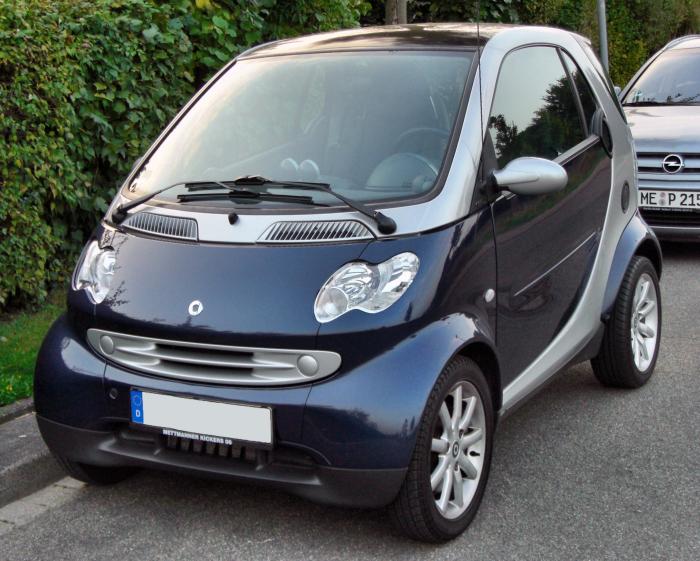Smart Lighting Ideas to Upgrade Your Living Space is not just about illuminating your home; it’s about transforming your living experience. With the rise of technology, smart lighting has emerged as a game changer, offering convenience, energy efficiency, and customizable ambiance. Imagine being able to control your lights from anywhere, setting the perfect mood for any occasion, and saving on energy costs—all with just a few taps on your smartphone.
Smart lighting systems utilize advanced technology that integrates seamlessly with your home automation. Whether you’re looking to enhance your living space or improve energy efficiency, understanding the various types of smart lighting solutions available will help you make informed decisions. From smart bulbs to intuitive light strips, the options are endless and can be tailored to your unique style and needs.
Introduction to Smart Lighting: Smart Lighting Ideas To Upgrade Your Living Space
Smart lighting is revolutionizing the way we illuminate our living spaces. With its ability to adapt to various moods and activities, smart lighting enhances both functionality and aesthetics in modern homes. This technology leverages advanced sensors and connectivity to create a seamless lighting experience that can be controlled remotely or automated to adjust based on time of day or occupancy.
Smart lighting systems utilize Wi-Fi, Bluetooth, or Zigbee technology to connect smart bulbs, switches, and other devices to a central hub or directly to your smartphone. This connectivity allows users to manage their lighting through apps, voice commands, or home automation systems, integrating beautifully with the growing trend of smart homes.
Types of Smart Lighting Solutions

There is a diverse range of smart lighting solutions available, each designed to meet various needs and preferences. Understanding these options is crucial for optimizing your lighting setup.
- Smart Bulbs: These are LED bulbs that can change colors and brightness levels through an app. Popular brands include Philips Hue, LIFX, and Wyze, which offer features like scheduling and dimming options.
- Smart Switches: Replacing traditional light switches with smart switches allows you to control regular bulbs remotely. Brands like Lutron and TP-Link provide reliable options that integrate well with existing electrical systems.
- Smart Light Strips: Flexible LED strips can be placed anywhere to add accent lighting. Products like the Govee Smart Light Strip can be customized for color and brightness, perfect for creating a vibrant atmosphere.
Comparing the features of these products reveals significant advantages in usability and customization, making the investment worthwhile for any homeowner looking to upgrade their lighting.
Creative Smart Lighting Ideas for Living Rooms
Transforming your living room with smart lighting can dramatically enhance its ambiance. Innovative ideas include:
- Dynamic Color Scenes: Set a specific color scheme for different occasions, such as warm tones for movie nights or cool hues for social gatherings.
- Layered Lighting: Combine ambient, task, and accent lighting to create depth and interest in your space. Use smart bulbs in lamps for task lighting while utilizing smart light strips behind furniture for ambient effects.
- Automated Dimming: Program lights to gently dim as the evening progresses, creating a cozy and inviting atmosphere.
Using various colors and brightness levels can significantly alter the mood of the room, making it a versatile space for relaxation, entertainment, or socializing.
Smart Lighting for Energy Efficiency, Smart Lighting Ideas to Upgrade Your Living Space
One of the primary benefits of smart lighting is its potential for energy efficiency. Smart lighting systems can contribute to reduced energy consumption through innovative features designed to optimize light usage.
Smart lights can be equipped with timers and sensors that adjust illumination based on occupancy and daylight availability. For instance, motion sensors can turn lights off automatically when a room is unoccupied, ensuring that energy is not wasted.
Comparative studies show that traditional incandescent bulbs consume significantly more energy than smart LED options. By switching to smart lighting, homeowners can save on energy costs while reducing their carbon footprint.
DIY Smart Lighting Projects
Embarking on DIY smart lighting projects can be rewarding and cost-effective. Here’s a step-by-step guide for a simple smart lighting installation:
1. Choose Your Smart Bulbs: Select bulbs compatible with your home automation system.
2. Install the App: Download the manufacturer’s app to your smartphone.
3. Replace Existing Bulbs: Unscrew the old bulbs and replace them with smart bulbs.
4. Connect to Wi-Fi: Follow the app instructions to connect the bulbs to your home Wi-Fi network.
5. Customize Settings: Use the app to set schedules, colors, and brightness levels according to your preferences.
Tools required include a ladder (for high fixtures), a smartphone, and the smart bulbs of your choice. Customizing smart lighting with existing fixtures allows for a blend of modern technology with traditional designs.
Smart Lighting and Mood Enhancement
The psychological impact of lighting on mood and productivity is profound. Properly designed lighting can enhance focus, relaxation, and creativity.
For instance, bright, cool lighting can boost alertness, making it ideal for work or study areas, while warm, dim lighting is perfect for relaxation.
| Activity | Recommended Lighting Setting |
|---|---|
| Reading | Bright, cool light |
| Relaxation | Warm, dim light |
| Entertainment | Dynamic color scenes |
Using smart lighting to create tailored atmospheres can significantly enhance your living space.
Safety and Security Features of Smart Lighting
Smart lighting also plays a crucial role in enhancing home security. By integrating lighting with home security systems, homeowners can create a safer environment.
Techniques include programming lights to simulate occupancy, such as setting them to turn on and off at random intervals when homeowners are away. This lighting behavior acts as a deterrent against potential intruders.
Automation features can also include motion-activated lights that illuminate pathways or entry points, enhancing visibility and safety when returning home after dark.
Future Trends in Smart Lighting

The future of smart lighting is bright, with emerging technologies poised to further enhance energy efficiency and design. Innovations, such as adaptive lighting systems that respond to natural light levels, are on the horizon.
Advancements in connectivity will likely lead to improved integration within smart home ecosystems, allowing for seamless interaction between devices. Expect to see smart lighting that communicates with other smart home features, adjusting automatically based on user habits and preferences.
As these technologies evolve, smart lighting will undoubtedly play an increasingly significant role in how we design and experience our living spaces.
Conclusive Thoughts

In conclusion, Smart Lighting Ideas to Upgrade Your Living Space offer endless possibilities for enhancing both aesthetics and functionality. By exploring innovative lighting solutions and DIY projects, you can create an inviting atmosphere that reflects your personality while also being mindful of energy usage and safety. As you embrace these smart technologies, you pave the way for a more efficient, secure, and enjoyable living environment.